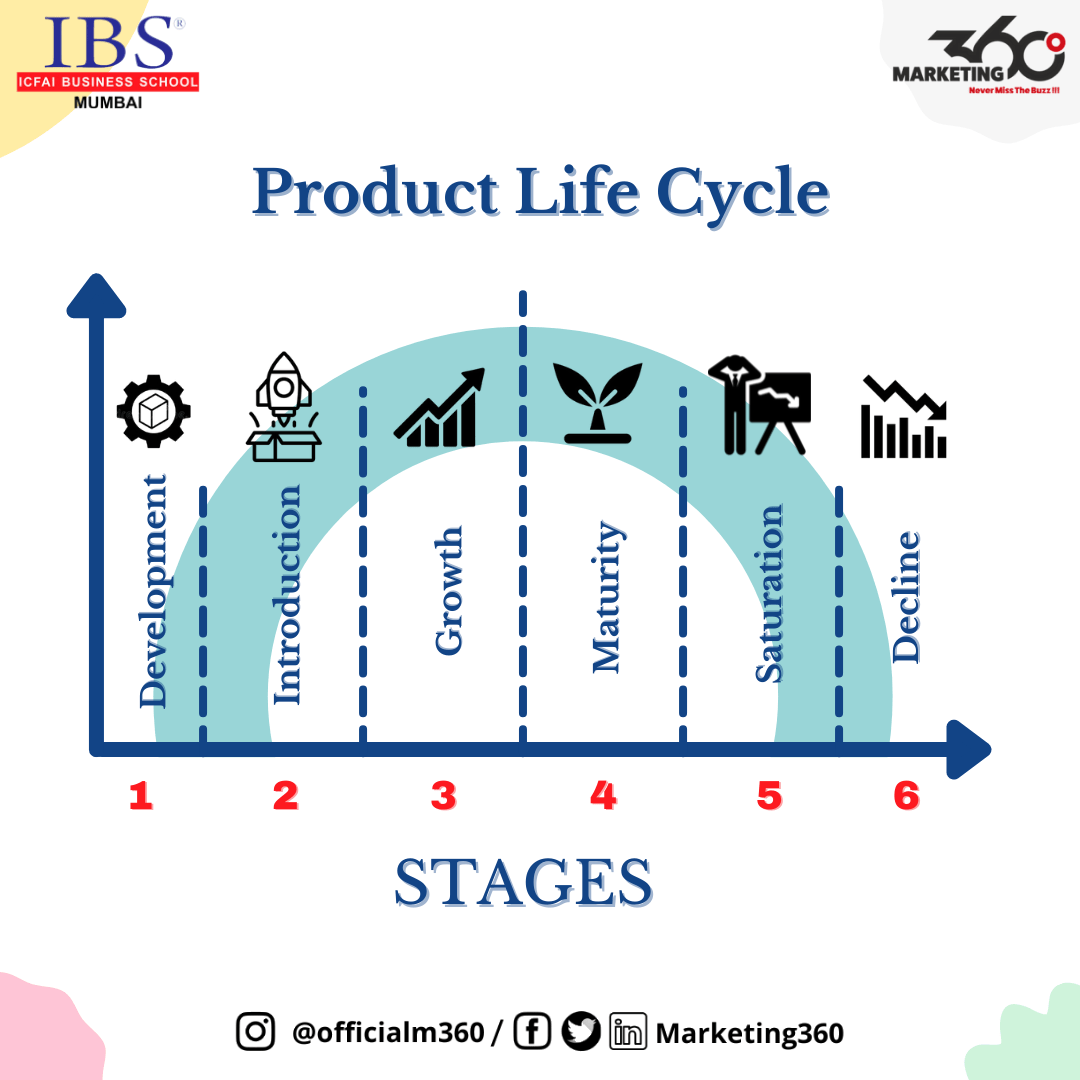What is market research?
Market research (or marketing research) is any set of techniques used to gather information and better understand a company’s target market. Businesses use this information to design better products, improve user experience, and craft a marketing strategy that attracts quality leads and improves conversion rates.
Why is market research so valuable?
Without research, it’s impossible to understand your users. Sure, you might have a general idea of who they are and what they need, but you have to dig deep if you want to win their loyalty.
Obsessing over your users is the only way to win. If you don’t care deeply about them, you’ll lose potential customers to someone who does
A Canadian Company with a lot of different flavours.
Something a little different.


